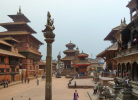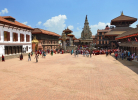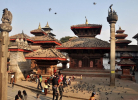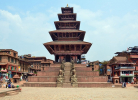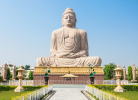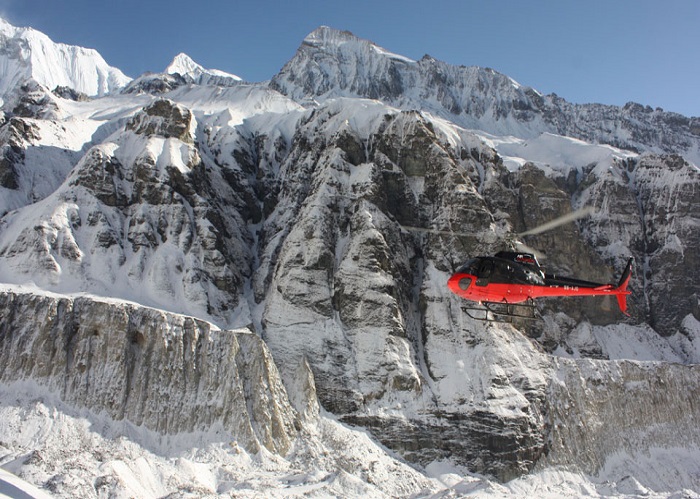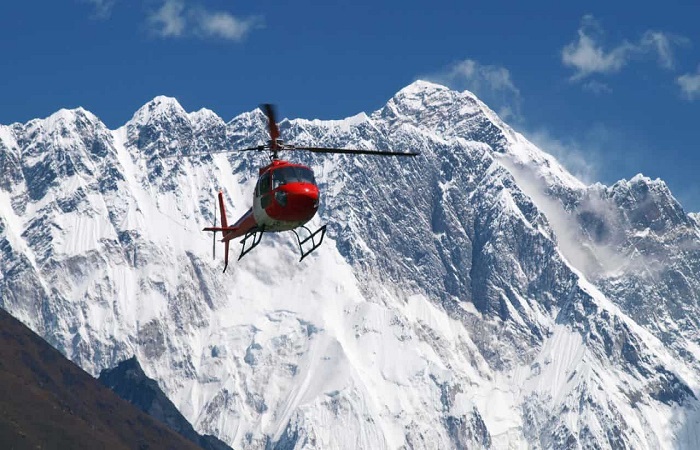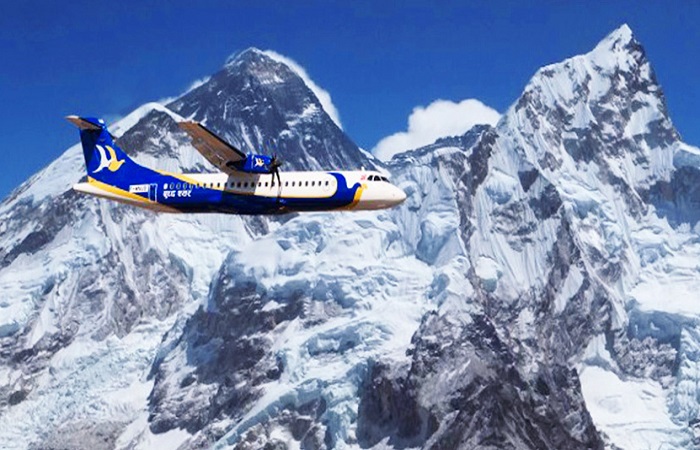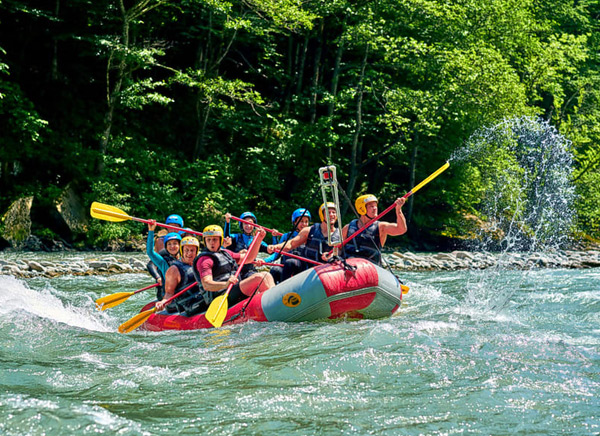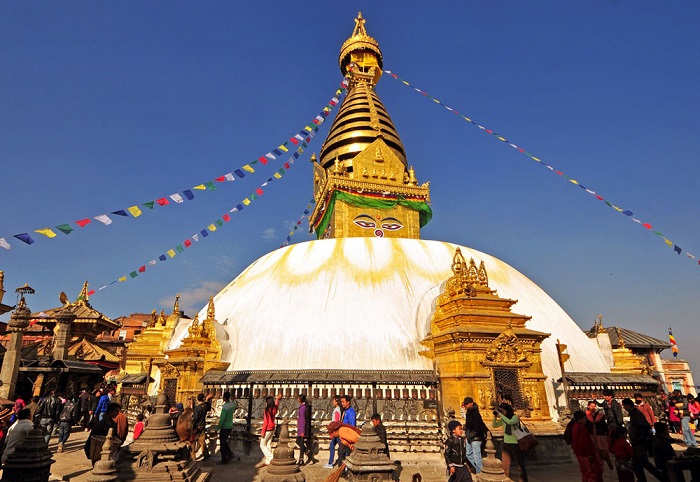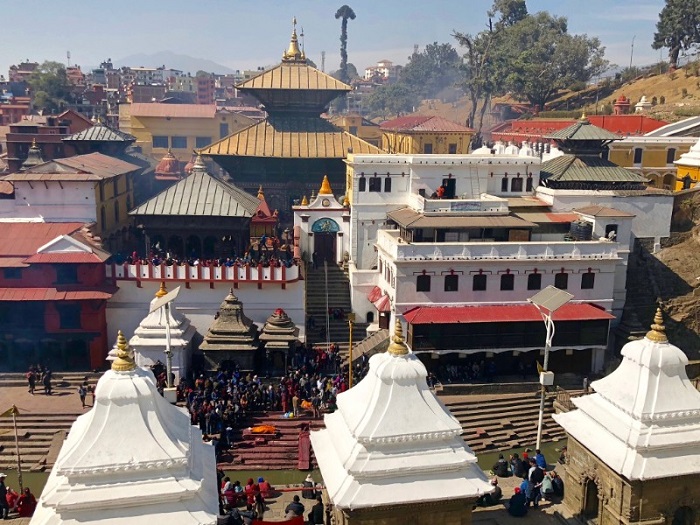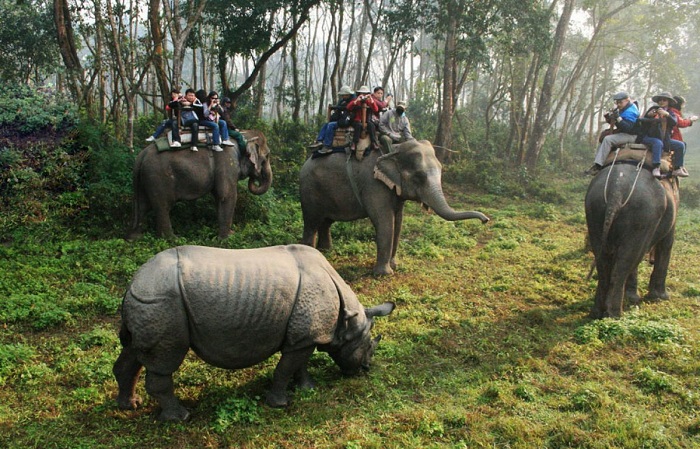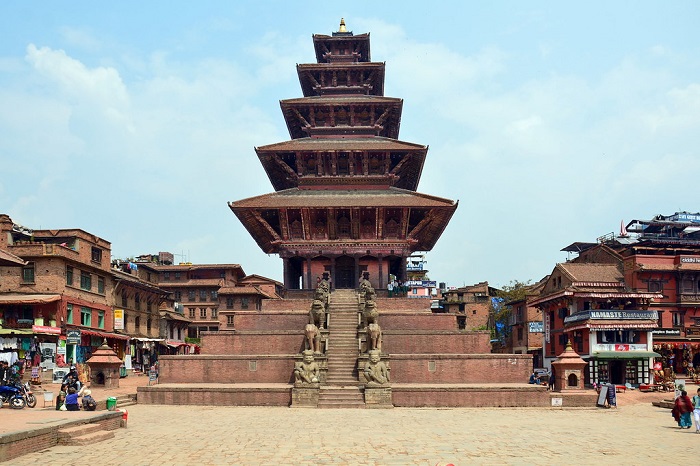Culture of Nepal
Nepal, the region named after the Kathmandu Valley has a very long history involving migration, trade, conquest, religious formation, and so on. The culture of Nepal is a mix of Indo-Aryan and the Tibeto-Mongolian Culture.
Nepal’s Language
After most of the modern Nepal came under the control of Prithvi Narayan Shah, he announced Gorkhali as the language, in 18th century. Gorkhali overtime took a new form named Nepali. Nepali is a mixture of Sanskrit with Indo-European language. As of now, there are more than 123 languages spoken in the country and Nepali is one of the common languages.
Nepal's Ethnic and Religious Demography
The people in Nepal come under three categorizations; Tibeto-Nepalese, Indigenous Nepalese, and Indo-Nepalese. Indo-Nepalese mostly migrated from different parts of India. This group follows Hinduism and speaks Nepali with a mix of Indo-Aryan languages. They are more common in the Terai region. The Tibeto-Nepalese migrated from Tibet and speak Nepali with a mix of Tibeto-Burmese. They are usually seen in mountain regions. They follow Hinduism, Buddhism, Animism, and others. The indigenous Nepalis are the tribal people scattered around the region.
The Hindus and Buddhists are the top in the hierarchy of the society. Below them, Matwali caste is found, which include ethnic groups who migrated from Mongolian region. The least desirable group is the untouchable Hindu castes. Although the caste system was abolished long ago, still the first two groups of society (Hindus and Buddhists) hold most of the eminent positions in the society.
Traditional Attire of Nepal
The traditional dress is Daura Suruwal for male and Gunyo cholo for female. The male attire is a kurta fastened by strings and a trouser. They also wear a cap named Dhaka Topi. During special occasions, they also wear jacket or a waistcoat. Women wear a cotton saree, draped as a skirt below hip. They wear a blouse (cholo) on top.
Nepali Cuisine
Rice is an important ingredient in all meals. Uniquely, they eat just two main meals with large servings; at mid-morning and early evening. A common meal includes rice served with curry made with dal, a dish of lentil, cooked vegetables, and pickle made from vegetable or fruit. The high-altitude Nepal regions do not have rice sources. Thus, their main ingredient in dhiro, a mush made from millet or corn.
Traditionally, Nepalis eat with hand while sitting on the floor. High castes in the society do not eat meat. Eating in restaurants is not a major part of the culture. Home-made dishes are very common here.
View More about Nepali Cuisine
Occupation in Nepal
Major part of the population is farmer. At low altitude destinations, farmers are more common. In high-altitude destination, agropastroalism (a type of farming) is common. Mending a large herd of cattle is also a common form of occupation here, especially in mountain regions. The name of the currency is rupee. To avoid confusion, it is commonly called as Nepali rupee among foreigner. However, locals just call it as rupee.
Nepali Literature
Nepali literature started only from 19th century. One of the oldest literatures of Nepal is a local adaptation of Ramayan, a Hindu epic. Due to government control, there was no public journal in Nepal until 1930s. Today, you can find many books written by Lekhnath Paudyal, Lakshmi Prasad Devkota, Guruprasad Mainali, and others.
Art & Handicraft of Nepal
The very common and elite Nepali art is the Thangka painting of Buddhism Culture. This is one of the expensive arts to buy as souvenir in Nepal. Usually, these paintings represent any Hindu or Buddhist deity. There are a few other types of paintings in Nepal, but all are religious-based.
Top handicrafts of Nepal are textile, paper article, metalwork, stone article, wood article, accessories made with leather, bones, beads, bamboo, and others. Brass statues of deities are common souvenirs. Garments made with yak wool, pashmina, and silver ornaments are also common handicrafts of the land.
Cultural Performance (Dance and Music)
Drama is a very common form of art in the country. People create religious skit from Hindu epics. Older population love folk dance and religious music. Younger generation loves film music, which is a mix of Asian and Western genres. The most common dance form of Nepal is Tandava, the dance of Lord Shiva. This dance form is performed during numerous fairs and festivals.
Other top dance forms of Nepal are -
- Dandi Naach – performed during Phagu Purnima festival.
- Dhan Naach – performed by Limbu clan.
- Chandi Naach – performed by Rais clan.
- Panchabuddha Nritya – performed during Buddhist festivals.
- Bhairab Nritya
- Devi Nritya
- Kaura Naach
- Hanuman Nritya
Top music forms of Nepal are Maithili, Tamang, Sherpa, Magar, Tharus music, and others. These are the names of communities and each community has a separate music. Top music instruments used are Dhimey, Sarangi, Madal, Panchai Baja, and others.
Famous Fairs & Festivals of Nepal
Due to the diverse culture of the land, the country has numerous festivals. Top festival is the Dashain, which is similar to Durga Puja of India. This festival is celebrated in September/ October. Tihar, similar to Diwali is also another famous festival celebrated with lights. Other top festivals of Nepal are
- Janai Purnima (Raksha Bandhan)
- Phagu Purnima (Holi)
- Krishna Janmashtami
- Mahashivratri
- Buddha Jayanthi
- Gaijatra
- Indrajatra


